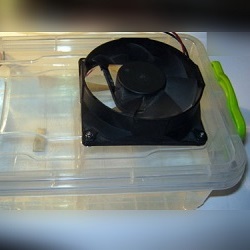Three options for assembling a homemade dosimeter
The measurement of the level of radioactive background is carried out using a special instrument - a dosimeter. It can be purchased at a specialty store, but home craftsmen will be attracted by another option - to make a dosimeter with your own hands. Household modification can be assembled in several variations, for example, from improvised means or with the installation of the SBM-20 counter.
Content
Possibilities of the self-made device
Naturally, a professional or multi-functional dosimeter will be quite difficult to assemble. Household portable or individual devices register beta or gamma radiation. The radiometer is designed to study specific objects and read the level of radionuclides.In fact, the dosimeter and the radiometer are two different devices, but the household versions often combine the first and second in themselves. Thin terminology plays a role only for specialists, because even the combined models are called collectively - the dosimeter.
Selecting one of the proposed schemes for the assembly, the user will receive the simplest device with low sensitivity. The benefit of this device is still there: it is able to register critical doses of radiation, this will indicate a real threat to human health. Despite the fact that the improvised device is many times inferior to any household dosimeter from the store, to protect your own life it can be used.

Useful tips
Before choosing one of the assembly schemes for yourself, familiarize yourself with the general recommendations for the manufacture of the device.
- For the device own assembly choose 400 volt countersIf the converter is designed for 500 volts, then you need to adjust the configuration of the feedback circuit. It is permissible to choose a different configuration of zener diodes and neon lamps, depending on which circuit of the dosimeter is used in production.
- The output voltage of the stabilizer is measured with a voltmeter with an input resistance of 10 MΩ. It is important to check that it is actually equal to 400 volts, charged capacitors are potentially dangerous to humans, despite the low power.
- Near the counter in the housing are several small holes for the penetration of beta radiation. Access to high voltage circuits must be excluded; this must be taken into account when the instrument is installed in a housing.
- The circuit of the measuring unit is selected on the basis of the input voltage of the converter. Connection of the node is carried out strictly with the power off and the discharged storage capacitor.
- At natural radiation background a home-made dosimeter will generate about 30–35 signals in 60 seconds. An excess of the indicator indicates high ion radiation.
Scheme №1 - elementary
To design a detector to register beta and gamma radiation “quickly and easily”, this option is the best fit. What you need to design:
- plastic bottle, or rather, the neck with a lid;
- tin without lid with treated edges;
- ordinary tester;
- a piece of steel and copper wire;
- transistor kp302a or any kp303.
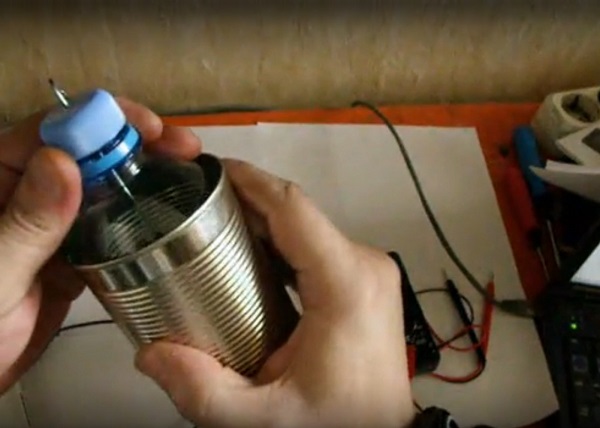
For assembly, you need to cut the neck off the bottle so that it fits tightly into the tin can. Best suited narrow, high bank, as from condensed milk. In the plastic cover there are two holes where you need to insert a steel wire. One of its edges is folded in a loop in the shape of the letter “C” so that it holds the lid securely, the other end of the steel bar should not touch the jar. After the cap twists.
The leg of the gate KP302a is screwed to the steel wire loop, and the tester terminals are connected to the drain and the source. Around the banks need to twist the copper wire and at one end to fasten to the black terminal. A capricious and short-lived field effect transistor can be replaced, for example, to connect several others according to the Darlington scheme, the main thing is that the total gain should be 9000.
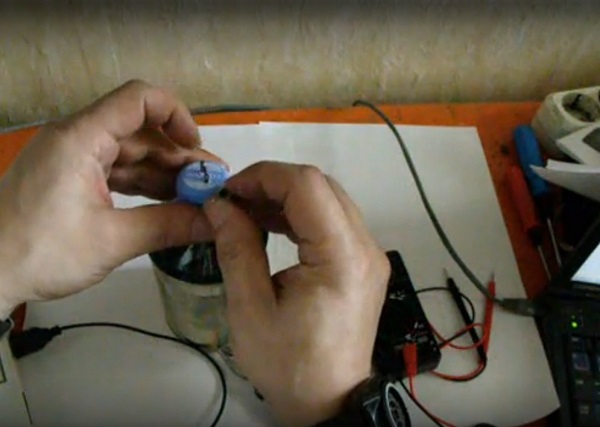
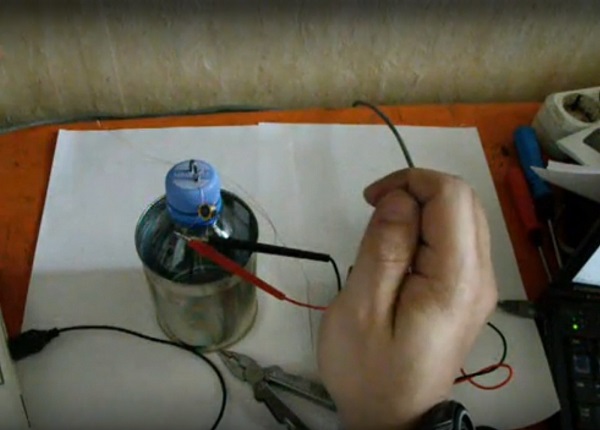
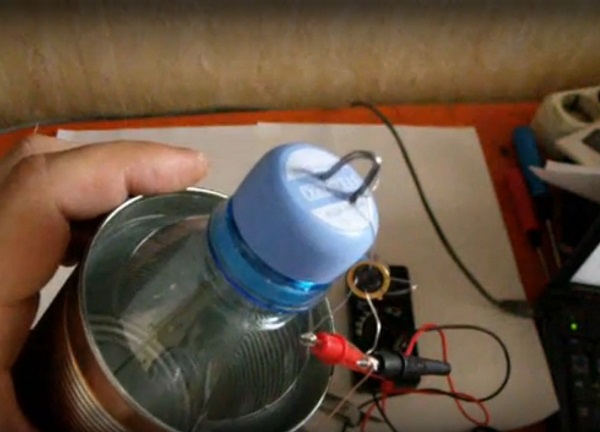
Home-made dosimeter is ready, but you need it calibrate. To do this, use a laboratory source of radiation, as a rule, it indicates the unit of its ion radiation.
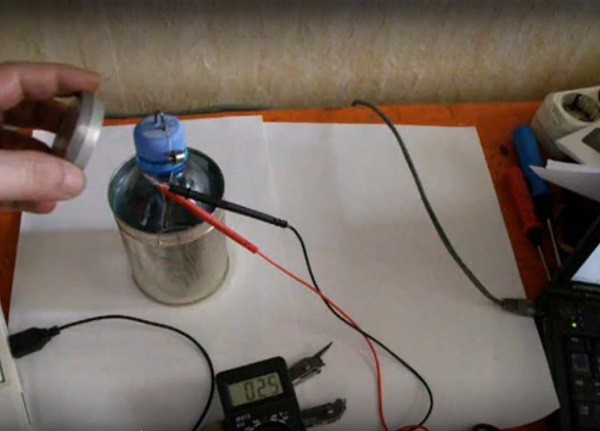
Scheme № 2 - installation of the counter
In order to assemble the dosimeter with your own hands, the usual SBM-20 counter - It will have to buy in a specialized store of radio components. An anode passes through the hermetic cathode tube along the axis - a thin wire. The inner space at low pressure is filled with gas, which creates an optimal environment for electrical breakdown.
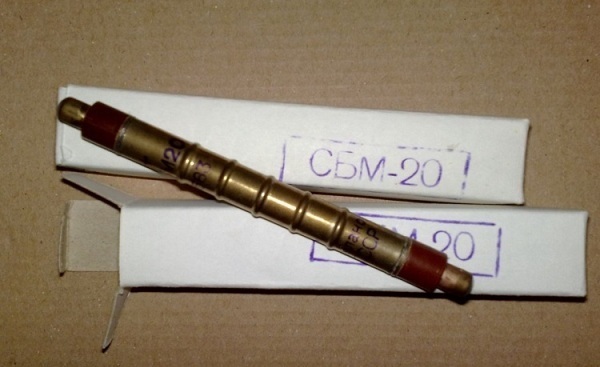
The voltage of the SBM-20 is of the order of 300 - 500 V, it must be configured so as to exclude arbitrary breakdown. When a radioactive particle hits, it ionizes the gas in the tube, creating a large amount of ions and electrons between the cathode and the anode. Similarly, the counter is triggered on each particle.
It is important to know! Any meter designed for 400 volts will be suitable for a self-made device, but the SBM-20 is the most suitable one; you can purchase the popular CTC-5, but it is less durable.
Dosimeter circuit It consists of two blocks: an indicator and a network rectifier, which are assembled in plastic boxes and connected with a connector. The power supply is connected to the network for a short period of time. The capacitor charges to a voltage of 600 W and is the source of power to the device.
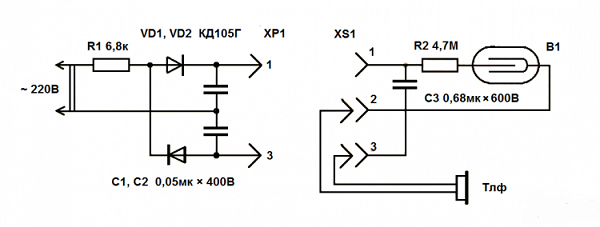
The unit is disconnected from the mains and from the indicator, and the terminals are connected to high impedance phones. The condenser should be of good quality, this will prolong the operating time of the dosimeter. A homemade unit can function for 20 minutes or more.
Technical features:
- The rectifier resistor is optimally chosen with a dissipating power of up to 2 W;
- capacitors can be ceramic or paper, with the appropriate voltage;
- you can choose any counter;
- eliminate the possibility of touching the resistor contacts
Natural background radiation will be recorded as rare signals in the phones, the lack of sounds means that there is no power.
Circuit number 3 with two-wire detector
You can construct a homemade dosimeter with a two-wire detector, for this you need a plastic tank, a pass-through capacitor, three resistors and a single-channel damper.
The damper itself reduces the amplitude of oscillations and is installed behind the detector, directly next to the flow capacitor, which measures the dose. For this design fit only resonant rectifiers, but extenders are practically not used. The device will be more sensitive to radiation, but will take longer to assemble.
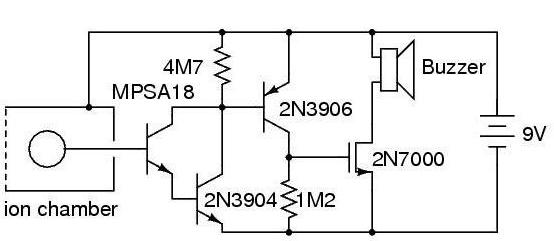
There are other schemes how to make a dosimeter on your own.Hams have developed and tested many variations, but most of them are based on the schemes described above.

/rating_on.png)
/rating_off.png)








